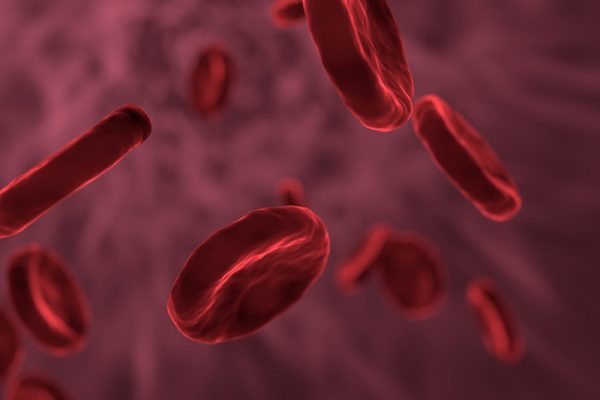Topics

The following definitions of nutrition labels will help you to understand exactly what is in the foods you buy.

Smoking can cause serious health problems and in many cases, lead to death. About 4,000 chemicals are present in cigarettes with hundreds being poisonous. This causes damage to just about every aspect of the human body ranging from the inner lining of blood vessels to the outer lining of the skin surface. Damage does not only involve vessels and organs, but also reduces the functioning of organs and reduces the entire body’s immune system.

Firstly, it is part of the circulatory system, and therefore, symptoms of venous disease in the lower extremities may look like they are related to cardiac issues such as congestive heart failure. One of the cardinal symptoms of heart disease is swelling of the lower extremities. So very often, the patients are given an intensive cardiac workup, and even diuretics for a problem that is actually venous. The lower extremity swelling and edema needs a thorough workup to determine how much of it is due to venous disease and how much is due to cardiac disease.

Is important because patients may not be obese, but they have increased body fat percentage. This is pro inflammatory. Adipose tissue produces adipokines, and they also produces interleukin 6 and tumor necrosis factor. The fat tissues of full of inflammatory cells. Excess fat is INFLAMMATORY, OR and must be reduced. This inflammation then causes further insulin resistance making the matter worse. So patients who ready have inflammation, prediabetes, coronary artery disease, coronary calcification, congestive heart failure, must have a reduced body fat percentage.

Exercise is an important component in maintaining optimal cardiovascular health; yet many people feel that time conflicts prevent them from exercising. However, the TV Method, an innovative and fun exercise regimen, will allow you to gain the health benefits of exercise while you watch your favorite television programs.

Few foods contain Vitamin D, but some that do include the following: fish (salmon, mackerel, tuna), and fish liver oils are among the best sources of Vitamin D. Beef liver, cheese, and egg yolks contain small amounts of Vitamin D.2 In the American diet, fortified foods provide the most Vitamin D; this includes the U.S. milk supply, fortified with 100 IU/cup of vitamin D.2
